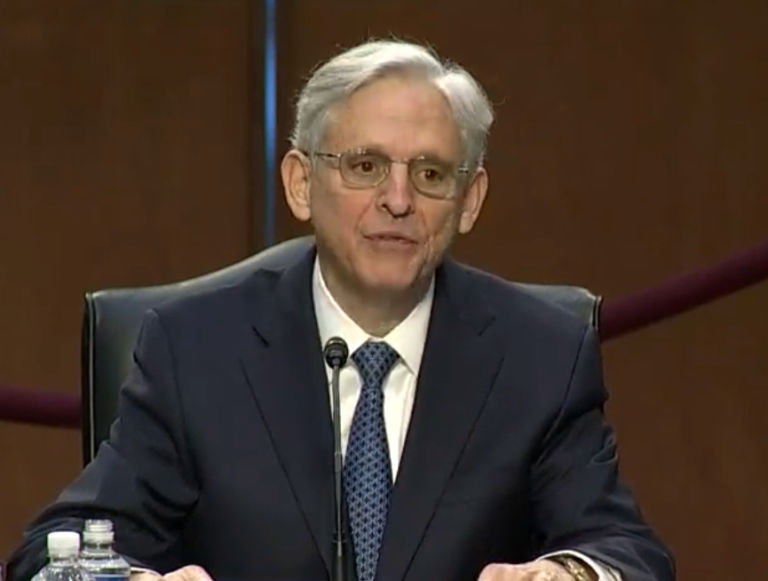As discussed here, in 2008, Kinston voters passed a referendum by about a 2-1 margin changing municipal elections from partisan to nonpartisan.
Since Kinston is in Lenoir County, which is subject to Section 5 of the Voting Rights Act, the change made by the referendum couldn’t be implemented without the approval of the United States Department of Justice (DOJ). Section 5 requires certain jurisdictions to get pre-approval (known as “preclearance”) before making changes to voting procedures. In 2006, Congress reauthorized Section 5 for 25 more years (even though Section 5 was originally only meant to exist for 5 years when passed in 1965).
DOJ decided that it wasn’t going to respect the vote of Kinston voters because, in part, “the elimination of party affiliation on the ballot will likely reduce the ability of blacks to elect candidates of choice.”
In a very important case, the D.C. Circuit Court of Appeals has held that private parties in Kinston do have standing to challenge the reauthorization of Section 5 of the Voting Rights Act. This means they can challenge the law as being unconstitutional in general (as opposed to challenging the specific actions taken by DOJ). The former is referred to as a “facial challenge,” whereas the latter is an “as-applied challenge.”
The very issue of whether Section 5 is constitutional may be determined by the plaintiffs from Kinston. This is a big deal because the Supreme Court has hinted in a case called Northwest Austin Municipal Utility District v. Holder that it may find Section 5 unconstitutional.
When it comes to questions of federalism, there may not be a bigger intrusion into state sovereignty than the Voting Rights Act. There’s simply no basis for requiring certain jurisdictions to get preapproval of voting procedures more than 45 years after the Voting Rights Act was passed.


